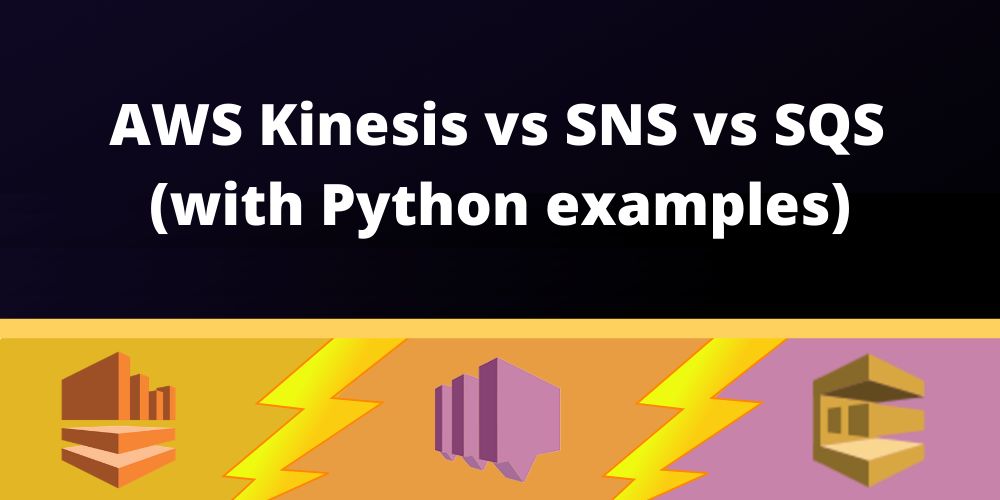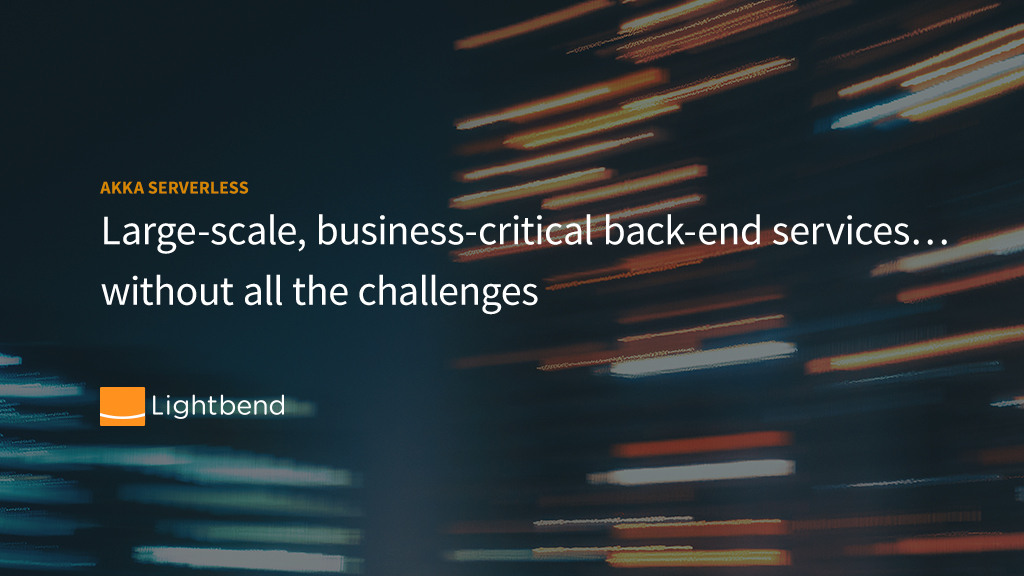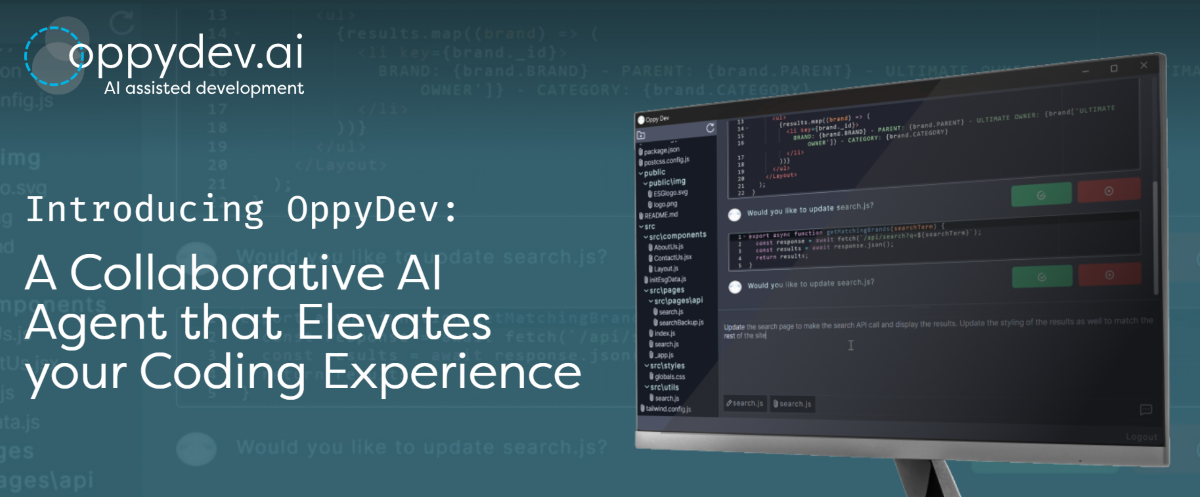
Moving from AWS Lambda to DBOS: Embracing Truly Serverless Development
Guess what? You shouldn’t need a team of certified DevOps engineers to deploy reliable, scalable, cost-effective serverless applications.
Earlier this year, I, along with two other TMG engineers, started building what would become TMG Fuse, a dynamic integration platform that allows Shopify merchants to quickly and seamlessly integrate their store with external ERP and CMS systems. TMG Fuse is the fastest way to connect Shopify with SAP S/4HANA or ECC, offering a private, cloud-based integration solution embedded into Shopify. With such a small team, our priority had to be writing integration code, leaving little bandwidth for the complexities of infrastructure deployment and management. What was our solution to this? AWS Lambda. Offering high-speed deployments without the operational overhead of traditional server management, we thought this would be the ideal choice for hosting our backend logic. Although Lambda is an incredibly powerful technology, after a few weeks of development work we found multiple pain points and barriers to entry. Working with Lambda required a great deal of AWS-specific knowledge. Templates maintaining our AWS services became so complex that we were spending equal amounts of time configuring “serverless” infrastructure as we were developing new features. Finally, as new features emerged, costs began to skyrocket, forcing us to look for a new solution. Enter DBOS, a serverless platform that radically simplifies serverless application development. After a demo from the DBOS team and two days of work on a proof of concept, we had a production-ready application able to support two key integrations. In this article, I’ll explore how DBOS solved each of our pain points with Lambda and why we love building on DBOS.
At first glance, AWS Lambda offers a compelling simplification of backend infrastructure. You just write code, upload it, and let AWS handle the rest—right? Unfortunately, that’s far from the whole story. While Lambda removes the need to manage physical servers, building a robust serverless backend with AWS still requires deep knowledge of a wide range of services. For us, deploying a functional backend meant configuring and maintaining not just Lambda but also API Gateway for our HTTP endpoints, Step Functions for orchestrating workflows, and RDS with RDS Proxy for database connections. These are all very common steps for anyone hosting a cloud-based backend application with Lambda. Each of these services requires specific AWS expertise, and misconfigurations often lead to performance bottlenecks or security risks.




















